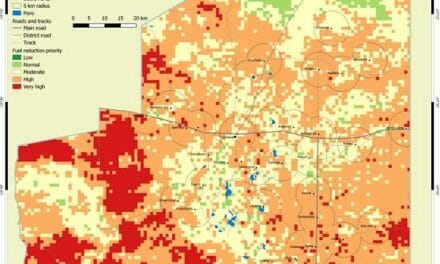
5th Ramsar site declared

Minister of Environment and Tourism, Hon Uahekua Herunga at the launch of the new Okavango-Bwabwata Ramsar site.
The listing of the site does not in any way prevent people and local communities from using and benefiting from the wetland and associated resources. The listing of the wetland promotes use of the wetland” Abraham Nehemia, Under Secretary in the Ministry of Agriculture, Water and Forestry said, “Support to biodiversity conservation and ecotourism development in the Bwabwata National Park is part of a larger programme. Cooperation between our two governments (Namibia and Botswana) includes national and trans-boundary environmental management. Namibia particularly welcomes the economic boost in terms of tourism which will go hand in hand with the new status of this part of the river system being decleared today as a wetland of international ecological importance.” 168 countries are party to the convention and 2177 sites around the world have been declared wetlands of international importance since the convention came into force. The treaty was adopted in Ramsar, Iran in 1971.















































